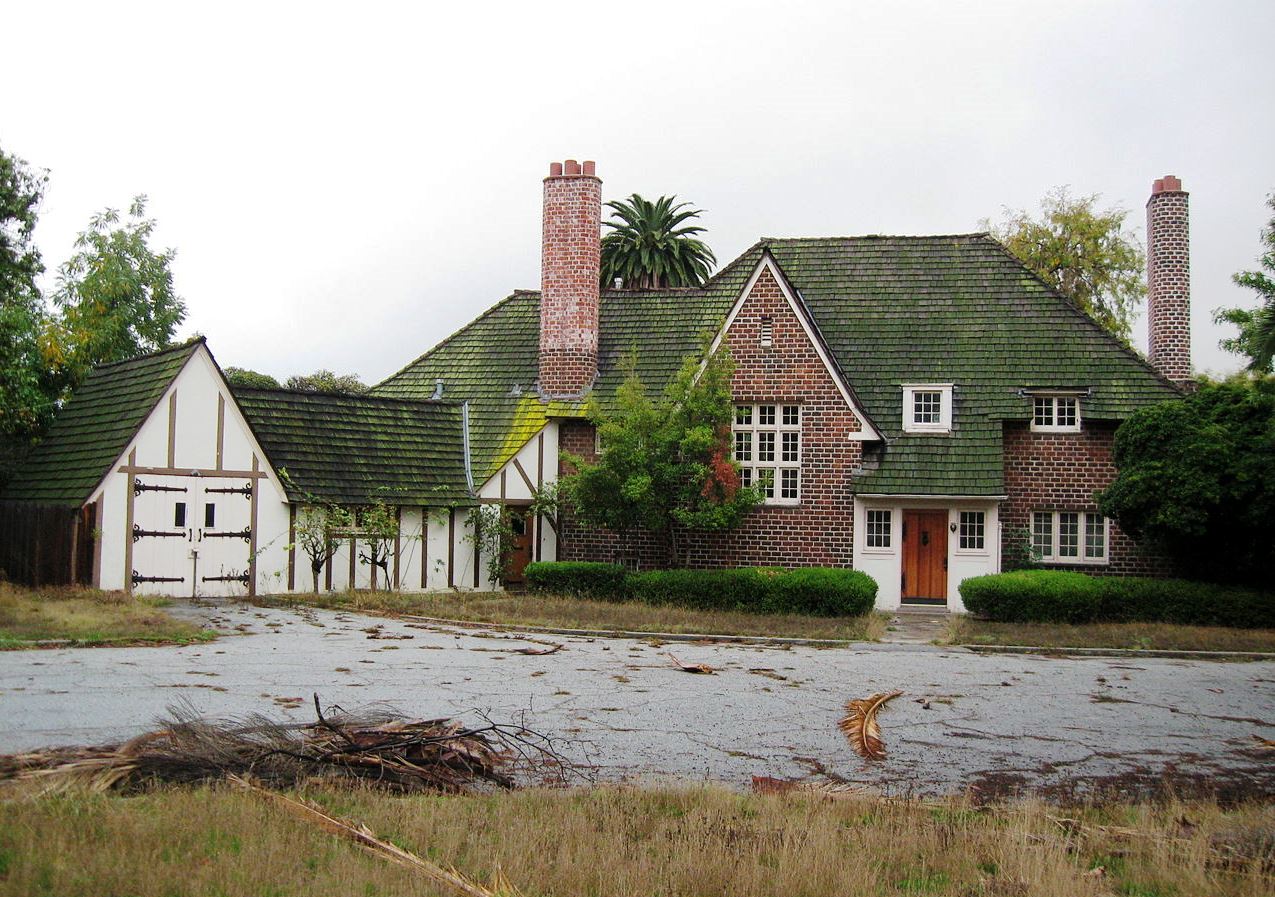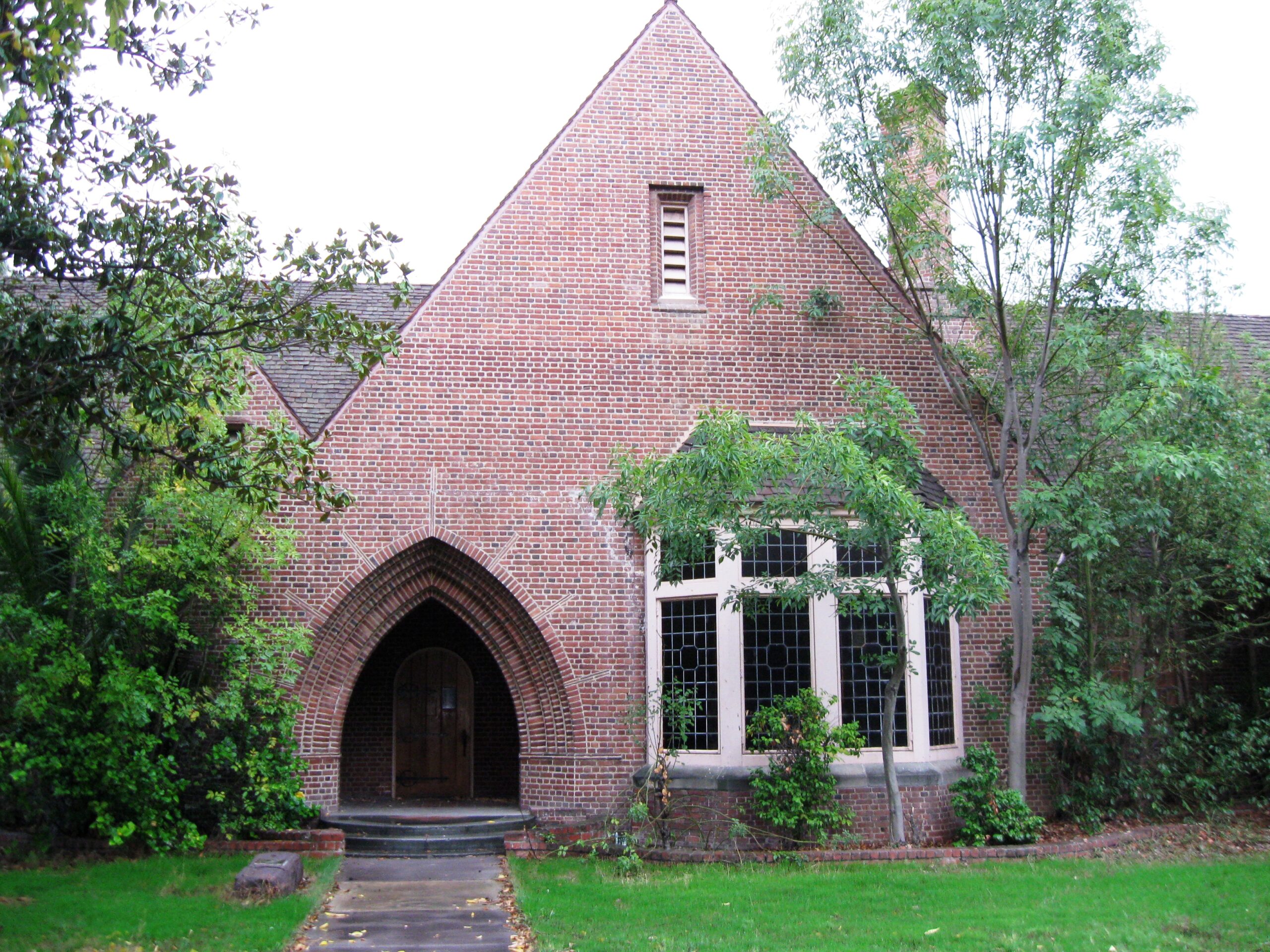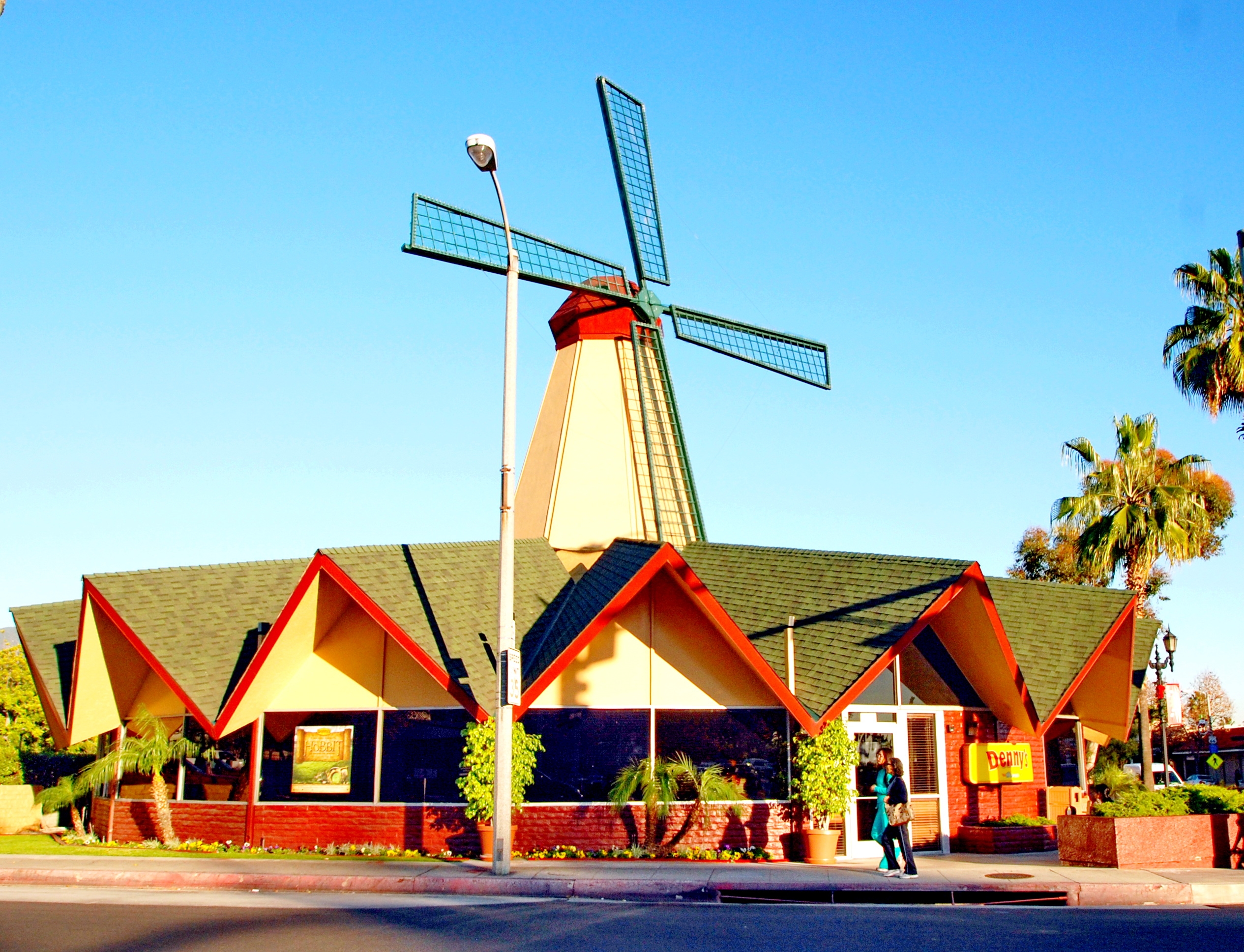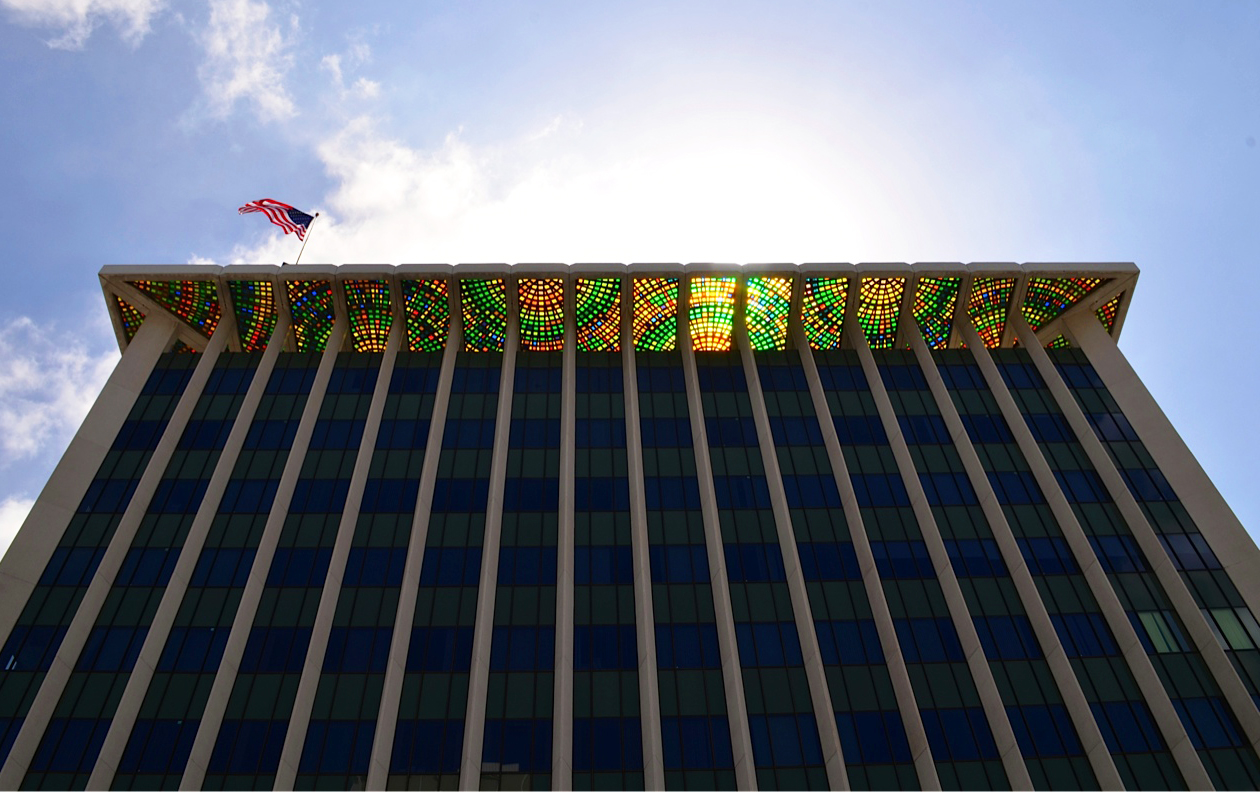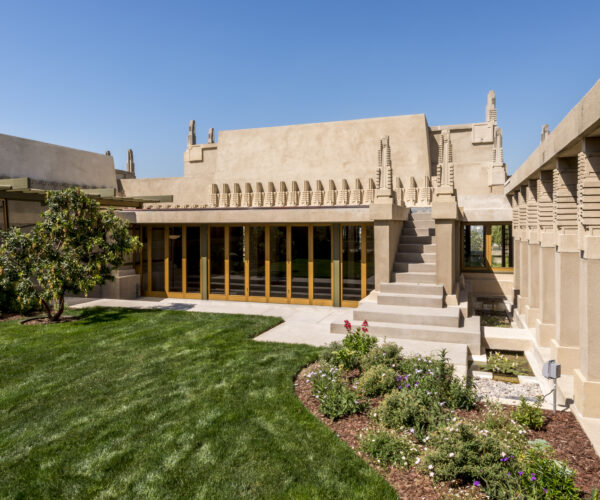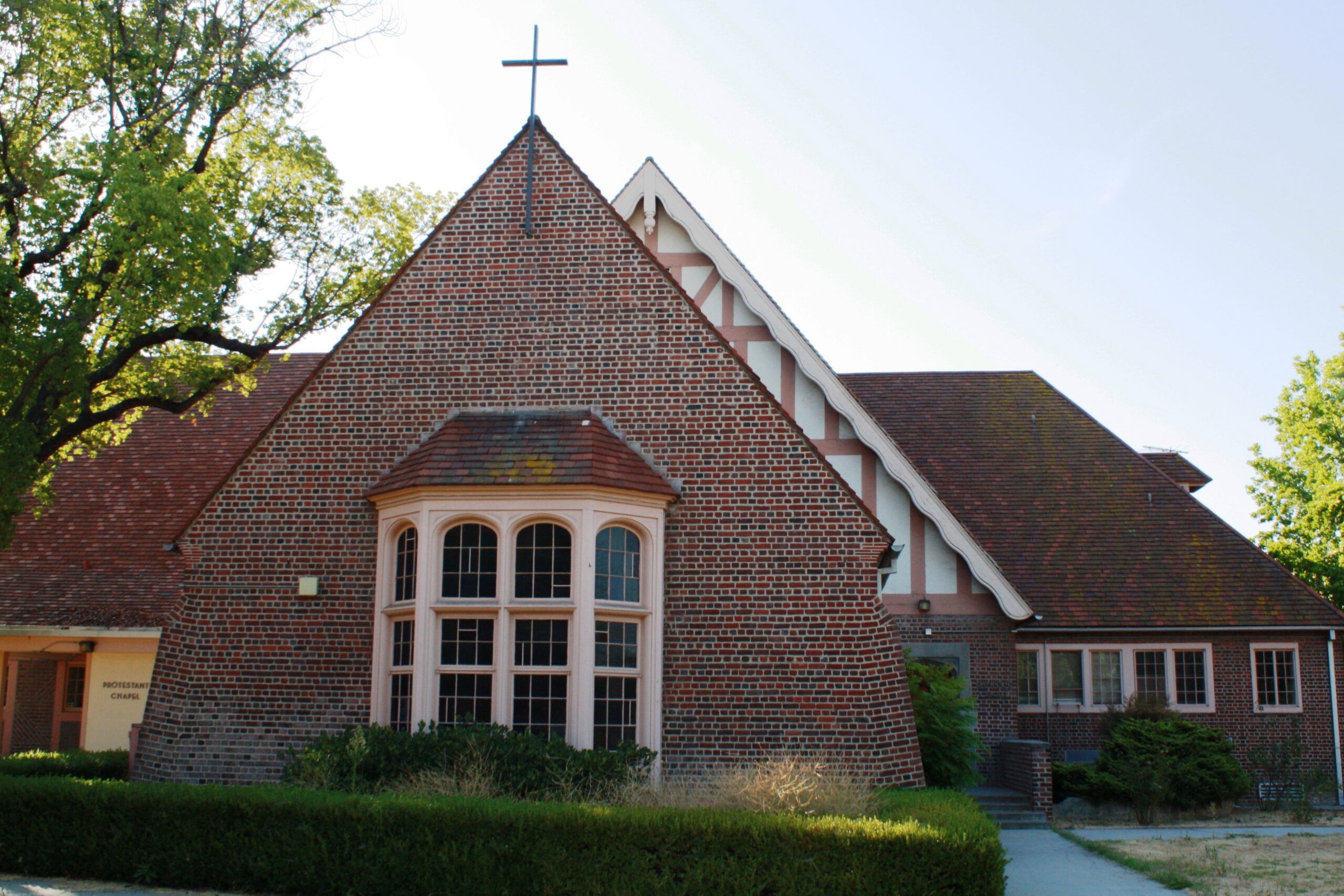
Place
Fred C. Nelles Youth Correctional Facility Campus/Historic District
With buildings constructed over a large time span and in a variety of architectural styles, the campus of this former juvenile reform school is determined eligible for listing in the National Register of Historic Places.
Four historic buildings were protected and are maintained as event spaces within the Brookfield Residential project The Groves.
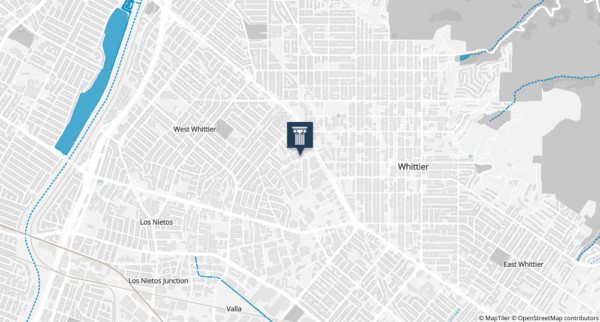

Place Details
Address
Architect
Year
Style
Property Type
Community
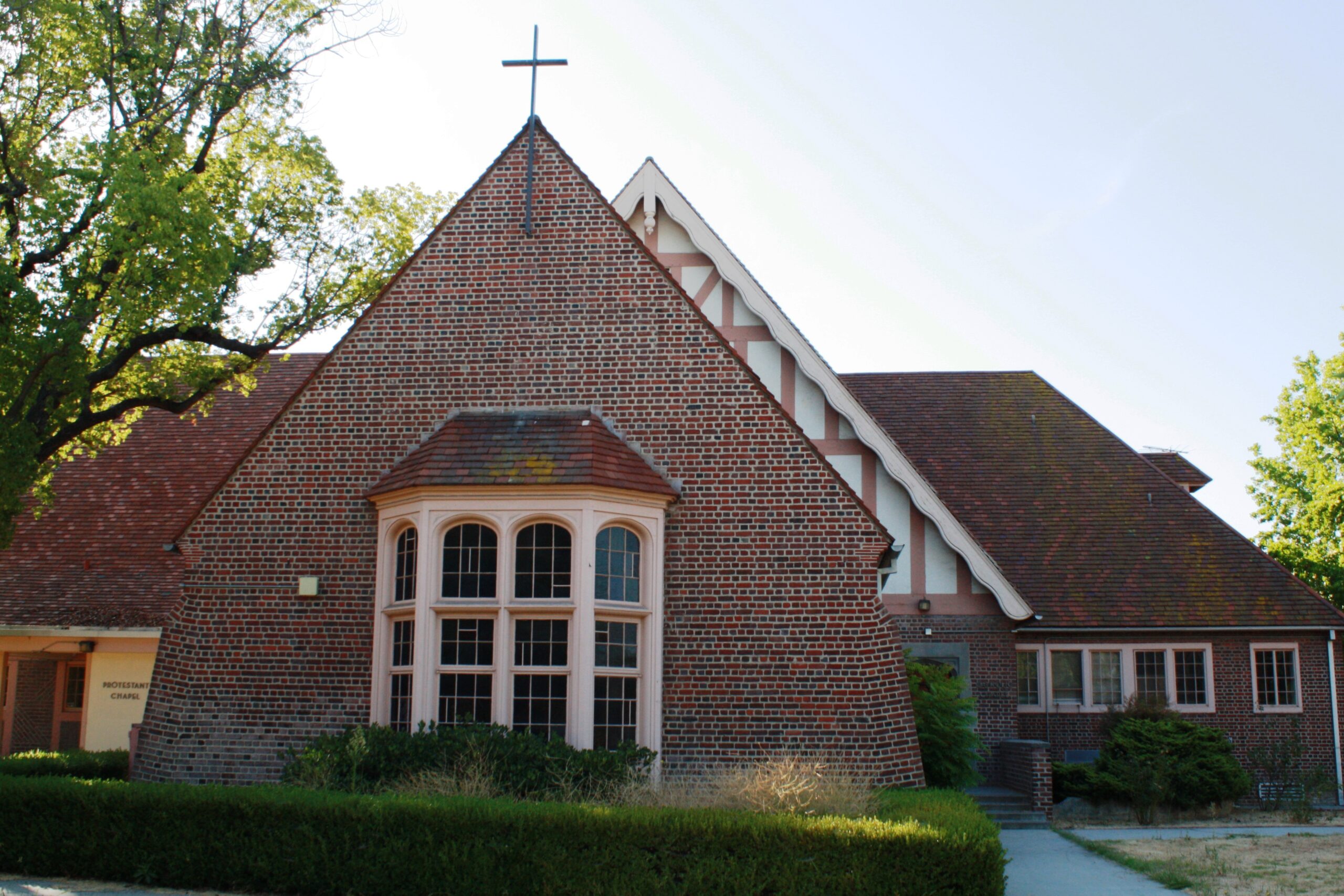
1933 Chapel, one of six identified historic resources currently slated for demolition. | The Whittier Conservancy.
Overview
The Fred C. Nelles Youth Correctional Facility Campus is the site of a juvenile reform school that operated continuously from 1891 to 2004 in the City of Whittier. The facility opened on July 1, 1891, and through the course of its history, became the oldest of its kind operated by the California Youth Authority until its closure in June 2004.
The campus is tied to the early development of Whittier. In 1890, a coaltion of Whittier business people succeeded in convincing the State of California to open one of the needed State Reform Schools for Juvenile Offenders in the young community. The coalition donated forty acres for that use, and the creation of the campus was a boost to the fledgling town’s economy.
About This Place
About This Place
Between 1912 and 1927, the facility was overseen by Superintendent Fred C. Nelles (pronounced Nellis), the intitution’s longest serving superintendent whose fifteen-year tenure at the school produced numerous and significant changes at the institution and marked an important chapter in the facility’s historical significance. Nelles revolutionized the methods of the times for dealing with delinquent youth.
In 1913, a massive explosion at the campus power plant forced the condemnation and demolition of many of the original structures on campus, including the imposing Romanesque Revival Administration Building, nicknamed “the Castle.” The implementation of the cottage system in 1920 was made possible in part by the emergency relief money granted by the state after the explosion.
The construction of several new buildings in the English Revival style, including a new administration building, a superintendent’s residence, a commissary, and several ward cottages, transformed the physical identity of the campus. With its revamped setting reminiscent of a New England prep school, the campus became popular for location filming and many MGM movies were filmed on the grounds during the 1930s and early 1940s.
In 1941, the State of California adopted the Youth Authority Act and established the Youth Correction Authority (California Youth Authority), which oversaw activities at the school renamed in honor of Nelles.
The 1950s and 60s brought many changes to the campus, with many of the English Revival cottages demolished and replaced with the existing one-story, Ranch Style brick barracks. While few of the buildings constructed during Nelles’ term remain today, the surviving English Revival buildings include the Administration Building (1929), and the Superintendent’s Residence (1920).
Additional buildings were constructed on the campus through 2002, including some temporary/modular structures, and the facility was formally closed by the State in 2004.
The entire site is listed in the California Register of Historical Resources and determined eligible for listing in the National Register of Historic Places. At least eight buildings on the campus have been previously identified and appear to be eligible for individual listing in the National Register.
Our Position
The seventy-six-acre campus, partly bordered by Whittier Boulevard and Sorenson Avenue, is a historic public institution that operated continuously from 1891 to 2004. The entire site is listed in the California Register of Historical Resources and determined eligible for listing in the National Register of Historic Places. At least eight buildings on the campus were identified as eligible for individual listing in the National Register.
The City of Whittier released the Draft Environmental Impact Report (EIR) for the Lincoln Specific Plan in October 2014. The approved mixed-use development project replaces the campus with 750 residential units and over 200,000 square feet of commercial space.
In December 2014, the Conservancy submitted comments, in partnership with The Whittier Conservancy, on the Draft Environmental Impact Report (DEIR) for the Lincoln Specific Plan, which seeks to demolish fifty of the fifty-two buildings on the Fred C. Nelles Youth Correctional Facility Campus. We strongly believed that the DEIR suffers from numerous deficiencies and that a true, bona fide preservation alternative needed to be evaluated where a majority of the historic resources can be preserved, rehabilitated, and successfully adaptively reused as part of the Lincoln Specific Plan.
On May 28, 2015, the Whittier Planning Commission voted 3-2 to recommend approval of the Draft EIR. In June 2015, the Whittier City Council approved the Lincoln Specific Plan, which called for the demolition of most of the fifty-two existing buildings on the Fred C. Nelles Youth Correctional Facility Campus. The 5-0 vote in support followed an offer by the developer to increase its financial support to the City through the project. The Whittier City Council held the first series of public hearings on the project on June 22, 2015. L.A. Conservancy provided testimony.
The Whittier Conservancy also sued the state in June 2015 to protect the historic Nelles Campus. The lawsuit challenged the state’s most recent two-year extension of a 2011 agreement to sell the state-owned facility to developer Brookfield Residential. The Whittier Conservancy contended that neither the latest extension nor the proposed project served the interests of the public and that the latest extension violates the California Environmental Quality Act (CEQA). Click here to read the full petition >>
In October 2017, the Whittier Conservancy agreed to dismiss pending lawsuits as part of a settlement agreement that guarantees some preservation and Brookfield Residential to contribute $850,000 toward Whittier preservation efforts. This resolution protects four historic buildings on the Nelles complex, including the administration building, superintendent’s and assistant superintendent’s residences and the chapel.
